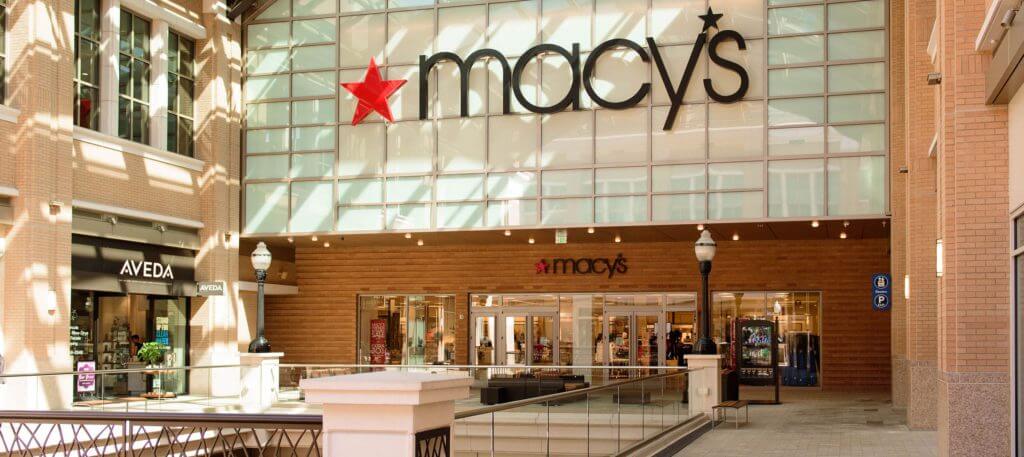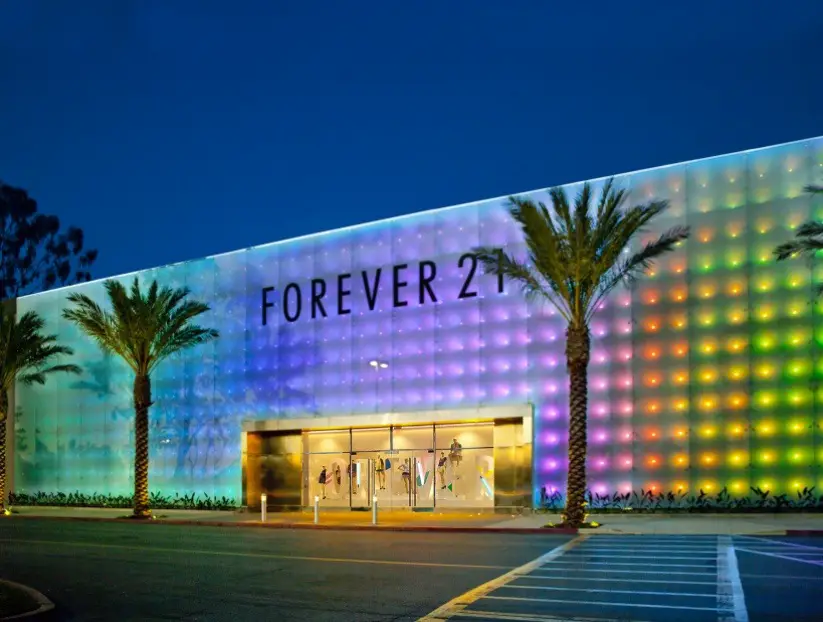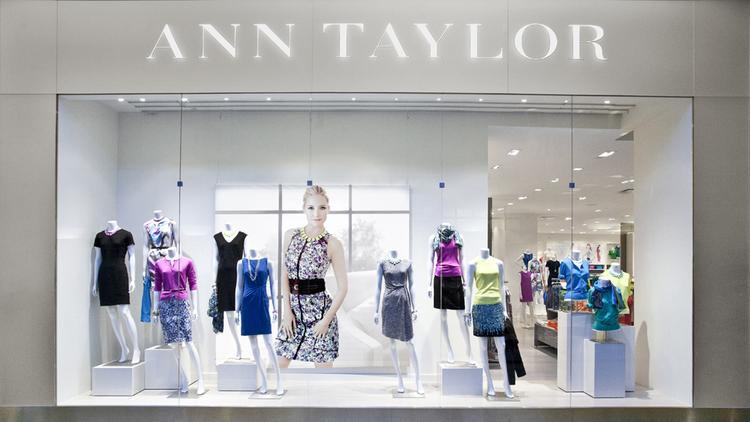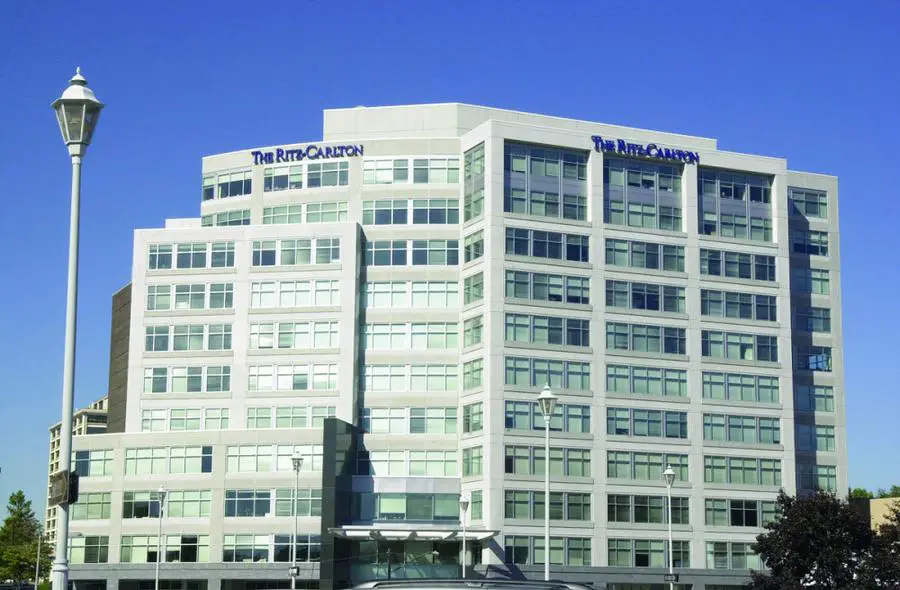Macy’s Mission and Vision Statement Analysis

Macy’s mission statement is “to be a retailer with the ability to see opportunity on the horizon and have a clear path for capitalizing on it. To do so, we are moving faster than ever before, employing more technology and concentrating our resources on those elements most important to our core customers.” Based on this statement, Macy’s is clearly a company that is motivated to advance the departmental stores by constantly improving how it operates, the products it offers the customers, and the services as well. The mission statement comprises several features as discussed:
- Identifying and exploiting opportunities
- Application of technology
- Improving communities
Within the current markets, only the best and most aggressive companies thrive. In the case of Macy’s, the departmental stores’ industry is sometimes very volatile and business keeps changing. To avoid being caught by surprise, Macy’s has created a practice of always being on the lookout for the best business approaches that not only keeps it afloat but also atop of the rest of the players.
By doing so, the company has been able to meet the needs of its customers at all times, the reason it stands as a dependable and reliable company in both the U.S and beyond the borders. One of the ways through which Macy’s outshines its competitors is through the use of technology as shown in the second feature of its mission statement. The company acknowledges the importance of innovation in both product design and service delivery.
For instance, the company allows its customers to shop online and track the shipping of their packages in real-time. Other than this, Macy’s makes it clear that its primary purpose is to ensure that all the customers get the best services wherever they shop or interact with the company. However, this is not all that the company is known for.
Macy’s extends its reach by recognizing that it is also part of the communities where its customers come from. As a result, the company puts itself out there while at the same time improving people’s lives. For instance, in 2019 alone, Macy’s has donated approximately $13,535,501.52 and volunteered for over 39,799 hours, in its efforts to makes a difference in the society.
Additionally, the company has been active in the green living initiative where it uses technology to recycle wastes and clean the environment for the overall good of the communities.
Introduction
Macy’s is one of the most dynamic departmental stores with a global reputation for its quality products and services. It is clear the company has learned the ropes of the industry as evidenced by its growth trend ever since it was established in the 1850s by Rowland Hussey Macy.
The prominence and dominance Macy’s has established all comes down to the mission and vision statement of this company. The focus of these corporate statements is to position Macy’s in a leadership position in the sector. Companies adopt mission statements to establish the activities of a business. These are often the actions that drive development and growth in the firm. On the other hand, the vision statement identifies the direction for this growth.
In the case of Macy’s, its mission is to lead in the design and creation of products that meet the expectations of its customers around the globe. For the vision statement, it is all about the industrial differences that Macy’s make in the departmental store’s niche. As a leading corporation, Macy’s progress is also driven by its internal culture courtesy of its core values.
The company influences the attitudes and practice of its employers, investors, and other stakeholders by enforcing principles that ensure everyone works to meet the interest of both the customers and the company. Macy’s mission and vision statements, together with its core values work together to determine how it pursues its business goals and plans, manages risks and competitors.
Vision Statement
Macy’s vision statement is “to operate Macy’s and Bloomingdale’s as dynamic national brands while focusing on the customer offering in each store location.” The vision statement emphasis is on the positioning of the brand of the company. Macy’s primary goal is to make its business a place where customers get everything they want and more. The following key elements relate to this Macy’s vision statement:
- Dynamic national brands
- A focus on customer offering
The focus on being dynamic by Macy’s equates to being the best departmental store in the U.S. and beyond. Macy’s is a company that has withstood different economic upheavals for over a century, and this is all because of its ability to adapt to changing business landscapes while maintaining its vision.
As a consequence, Macy’s grabs every opportunity to grow its brand and be the leader it is in the industry today. The achievement of this leadership position is also promoted by its capacity to satisfy the needs of its customers.
For instance, the dynamism incorporated within its vision statement is what drives the company towards creativity when it comes to bringing the trending and products of the highest quality. The company makes the customer experience even more worthwhile through its extricated customer services.
Core Values
Macy’s core values comprise “diversity and inclusion, customer first, innovation, and collaboration.” The business approach at Macy’s is one where the company wants to create a long-lasting image rather than concentrate on profit-making. To enforce this, the company has several principles of operations for its employees and other stakeholders in the business.
The most important aspect of the company is for everyone to understand that the customer needs. Macy’s does this by stimulating a respectful internal culture that also embraces people with diverse backgrounds. Based on the management, these differences are the source of the company’s strength and uniqueness.
In this company, innovation is a critical value to ensure the company stays abreast of the changing world. It is something that Macy’s recognizes can best be an achievement by promoting collaboration among its employees and other players. Such a culture is what enables Macy’s to operate as a single unit irrespective of the location of its stores.
Based on the management, these differences are the source of the company’s strength and uniqueness. In this company, innovation is a critical value to ensure the company stays abreast of the changing world. It is something that Macy’s recognizes can best be an achievement by promoting collaboration among its employees and other players. Such a culture is what enables Macy’s to operate as a single unit irrespective of the location of its stores.
References
- Anitsal, I., Anitsal, M. M., & Girard, T. (2013). Retail mission statements: Top 100 global retailers. Academy of Strategic Management Journal, 12(1), 1.
- Anitsal, M. M., Anitsal, I., & Girard, T. (2012). The core of retail mission statements: top 100 US retailers. Academy of Strategic Management Journal, 11(1), 131.
- Bauer, M. D. (2007). Give the Lady What She Wants-As Long as It Is Macy’s. Temp. L. Rev., 80, 949.
- Birtwistle, G., Moore, C. M., Park, H., & Stoel, L. (2005). A model of socially responsible buying/sourcing decision‐making processes. International Journal of Retail & Distribution Management.
- Grippo, R. M. (2009). Macy’s: the store, the star, the story. Square One Publishers.
- Hoover, K. F. (2010). Values and organizational culture perceptions: A study of relationships and antecedents to managerial moral judgment (Doctoral dissertation, Bowling Green State University).
- Hower, R. M. (1943). History of Macy’s of New York, 1858-1919.
- Kantabutra, S., & Avery, G. C. (2010). The power of vision: statements that resonate. Journal of business strategy, 31(1), 37-45.
- Lavin, M. (2009). Marshall Field’s becomes Macy’s: understanding retail brand. International Journal of Retail & Distribution Management, 37(11), 993-1007.
- Macy’s – About.
- McDonald, J. M. (2000). Managing rapid change: From theory to practice: An invited article. Southern business review, 25(2), 28.
- Rhodes, V., Stevens, D., & Hemmings, A. (2011). Creating positive culture in a new urban high school. The High School Journal, 94(3), 82-94.
- Staw, B. M. (1991). Dressing up like an organization: When psychological theories can explain organizational action. Journal of Management, 17(4), 805-819.
- Taylor, P. J. (1999). Places, spaces and Macy’s: place–space tensions in the political geography of modernities. Progress in Human Geography, 23(1), 7-26.











